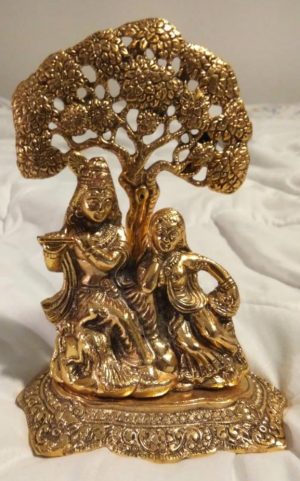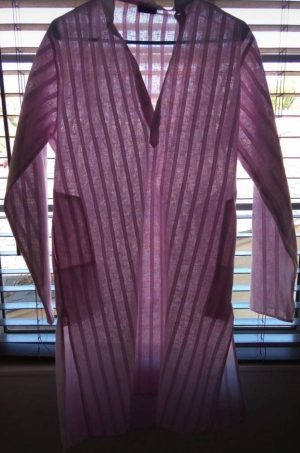A touch of home
How fabrics, utensils, and trinkets help MVHS students and staff connect to their heritage
April 2, 2021
Junior Daniel Mathew
At a local Indian Bazaar where vendors come to sell their crafts, junior Daniel Mathew remembers buying small trinkets of Ram and Sita, reincarnations of Hindu gods, for 24 dollars.
“I’m a materialistic person,” Mathew said. “I always have been … [With my trinket], I can almost grab hold of the [cultural] connection because I know it’s there.”

Mathew was born in Ottawa, Canada and later moved to California with his Canadian-born father and Indian-born mother.
“I visit India, but I don’t feel particularly Indian,” Mathew said. “I don’t even feel particularly Hindu here in America. [My trinket] makes me feel closer to my family in India.”
Beyond his figurines, Mathew also keeps a small sculpture of a farmer crafted by his grandfather.
“Statues and sculptures can show mundane aspects [of life],” Mathew said. “The [trinket] I have from my grandfather is just a farmer carrying a stack of wood, but it was a part of the lifestyle. [Farming] is something my people did.”

Even though Mathew’s father is Christian, Mathew generally celebrates Hindu holidays since his mother is religious and practices Hinduism. Mathew wears his kurta — a long, loose traditional Indian shirt without a collar — to these celebrations.
“Kurtas can be made out of anything, but mine is [made of] some kind of weird, coarse fabric,” Mathew said. “From a cultural lens, it reminds me of holidays, but I don’t think it’s particularly religious. They’re [also both] from India so that kind of connects me [to my culture].”
Sophomore Varshini Peddinti
Certain fabrics are a big part of Hindu culture for sophomore Varshini Peddinti. For most special occasions, Peddinti wears a churidar — a tight, but flowing Indian dress.
“Living in America, or [more specifically] California, part of my culture is integrated with American culture,” Peddinti said. “Whenever I wear [a churidar], I feel that I at least have a cultural identity.
Peddinti has lived in the West as an Indian-American practicing Hinduism for her whole life. For her, traditional clothing is not about religion — it is about celebration. She says that she has many memories associated with her churidars because they remind her of Indian festivals.
Peddinti has been wearing churidars to holiday celebrations since she was young, and stresses their significance for her in terms of both fashion and culture.
“Fashion is such a broad category and you can express yourself publicly with what you wear,” Peddinti said. “Fashion is a very nice part of culture because culture is ultimately part of your identity.”
English Teacher Jireh Tanabe
English teacher Jireh Tanabe grew up wearing traditional red silk Chinese jackets. Tanabe was raised in a traditional Chinese household that celebrated holidays like Chinese New Year and the Mid-Autumn festival.
“I think [the significance of the jackets] is mostly just cultural,” Tanabe said. “[It’s important to] have them as a part of our lives instead of losing it to mainstream America or what some people call the mixing bowl.”
Tanabe was very young when she started wearing a silk jacket that her mother gave her, and describes the feeling to be unique to any other material she has worn.
“When you put [the jacket] on, it’s like this super cold [and] super smooth material,” Tanabe said. “[It] wasn’t a thick material. It felt like [if] you put water into a fabric.”
Tanabe also finds that fashion invites others to inquire about one’s culture.
Today, Tanabe usually only celebrates big Chinese holidays like Chinese New Year, but she finds more cultural connection through the items she uses to cook, such as a wok.
A wok is a frying pan shaped like a bowl, which Tanabe’s mother used to bridge the family’s two cultures — Chinese and American — together. She would make food items ranging from American sloppy joes to Asian fried rice. Likewise, Tanabe uses her wok to cook at home, and hopes to continue passing down this aspect of Chinese culture to her own children.
“My mom made everything in a wok,” Tanabe said. “[The wok] is something that I definitely associate with my mom and my grandmothers, but I also associate it with my culture.”

















